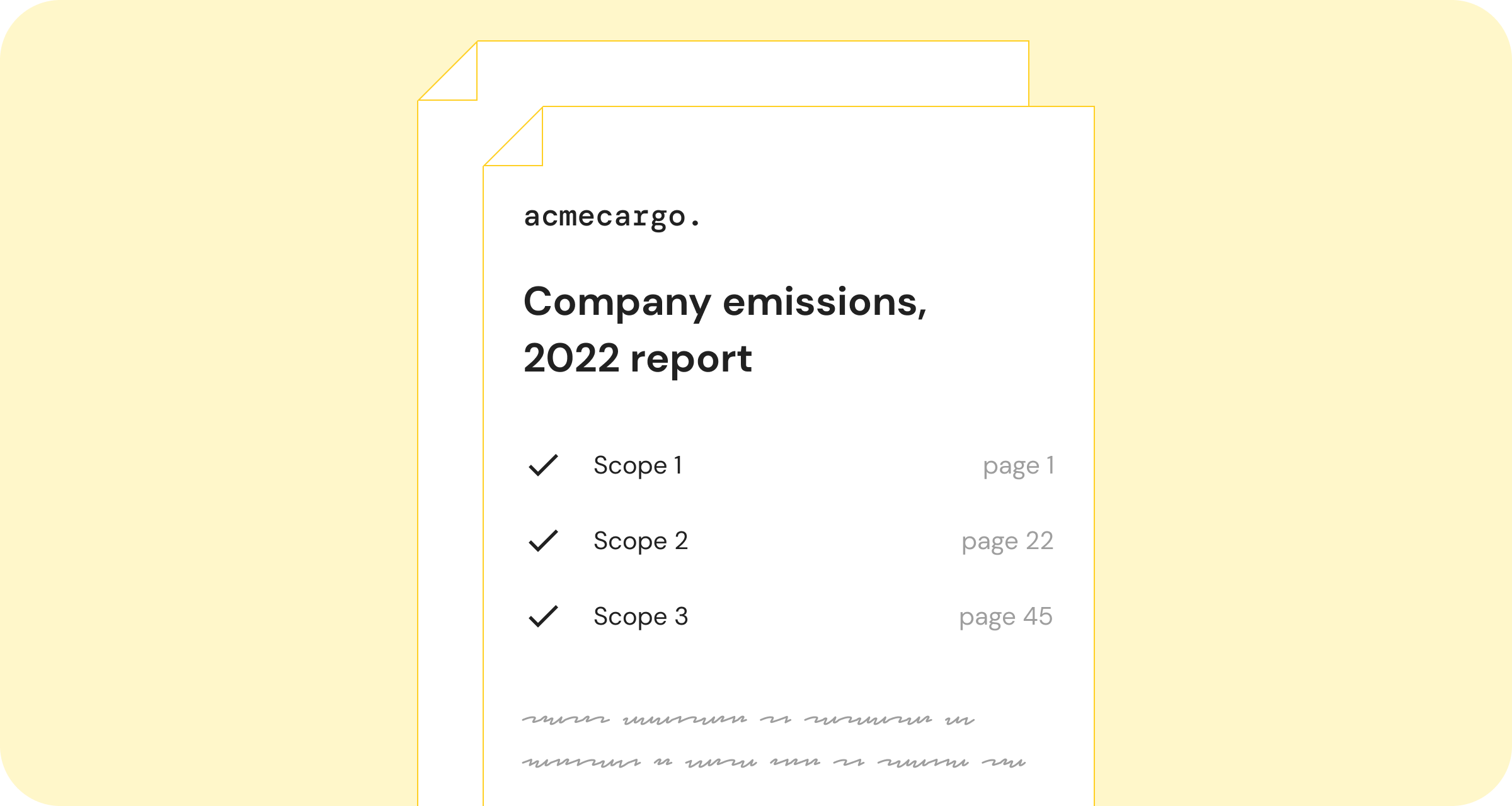

Every business has a role to play in addressing climate change, and we’re starting to see more and more companies making plans to go climate positive. Carbon offsetting often comes up in these conversations.
But what actually is carbon offsetting, and how does it fit into business sustainability?
What is carbon offsetting?
Carbon offsetting refers to the act of compensating for carbon emissions, by financing projects which make an equivalent reduction in carbon emissions – either by avoiding emissions being made in the first place, or removing carbon from the atmosphere.
In a business setting, carbon offsetting is used to compensate for the greenhouse gas emissions that are caused by business operations, from transportation to office lighting to materials.
Why should businesses offset carbon?
The first step in business sustainability should be looking for ways to reduce the environmental impact of the business itself. But with the best will in the world, businesses can’t entirely eliminate their carbon footprint – some emissions are unavoidable.
For instance if transportation of products is a key part of your business you can swap from air freight to cargo shipping, change your fleet to electric vans, or change to a more environmentally friendly supplier to reduce emissions from transportation, but all of these options will still result in some carbon emissions.
Plus, reducing your carbon footprint usually isn’t quick or easy, typically meaning making changes to your product, processes, buildings, and more. It’s not an overnight fix to your environmental impact, it’s an in-depth, long-term project.
This is where carbon offsetting comes in. Through purchasing carbon credits from high-quality carbon offset projects, businesses are able to compensate for carbon emissions through financing projects that make an equivalent reduction in carbon emissions. 1 carbon credit is equal to 1 ton of CO2e reduction or removal.
Ideally, this would be compensating for the unavoidable emissions remaining after improvements have been put in place to cut emissions in the first place – or even going beyond this to be carbon negative, purchasing more carbon credits than you emit.
But, carbon offsetting can also be a good place to start, offering a way to have an immediate positive climate impact whilst working on that longer-term emissions reduction piece – simply by making a one-off purchase or ongoing commitment to purchase high-quality carbon offset credits.
In this way, carbon offsetting is a great way for businesses to make a positive impact on climate.
However, it’s worth noting that it is very possible to do carbon offsetting wrong as a business. Some companies use carbon offsetting as a ‘get out of jail free card: purchasing the cheapest carbon credits possible and using this to big up their green credentials, whilst actually making very little (or none at all) difference for the planet. Approached in this way, offsetting is nothing more than corporate greenwashing.
This is why it’s crucial to do carbon offsetting right to avoid damaging your brand reputation through accidental greenwashing.
Next steps
Worried about getting carbon offsetting wrong? Even with this advice, we know it can seem daunting. Lune can help — we’ve already done the hard work of researching and building a library of high-quality carbon offset projects which you can choose from.
Get in touch for a chat about how this could fit into your sustainability goals.
Readers also liked
Readers also liked

Subscribe for emissions intelligence insights
Get the latest updates in the world of carbon tracking, accounting, reporting, and offsetting direct to your inbox.


